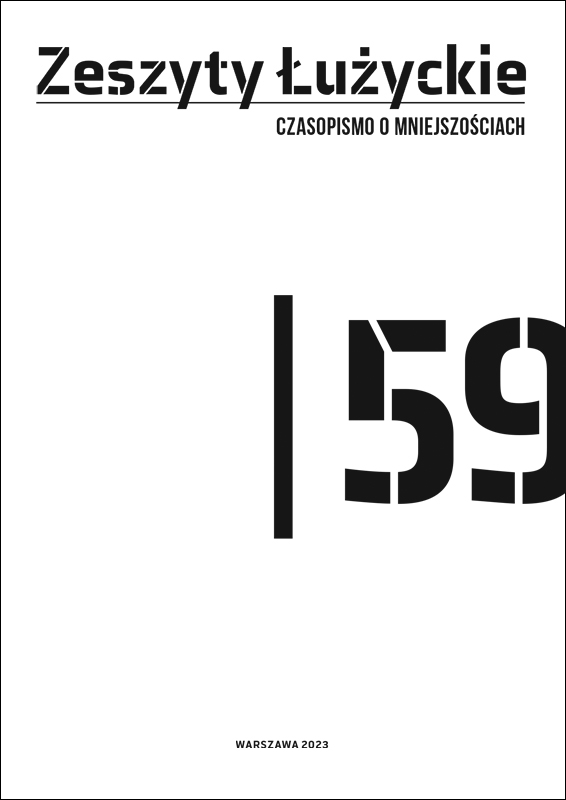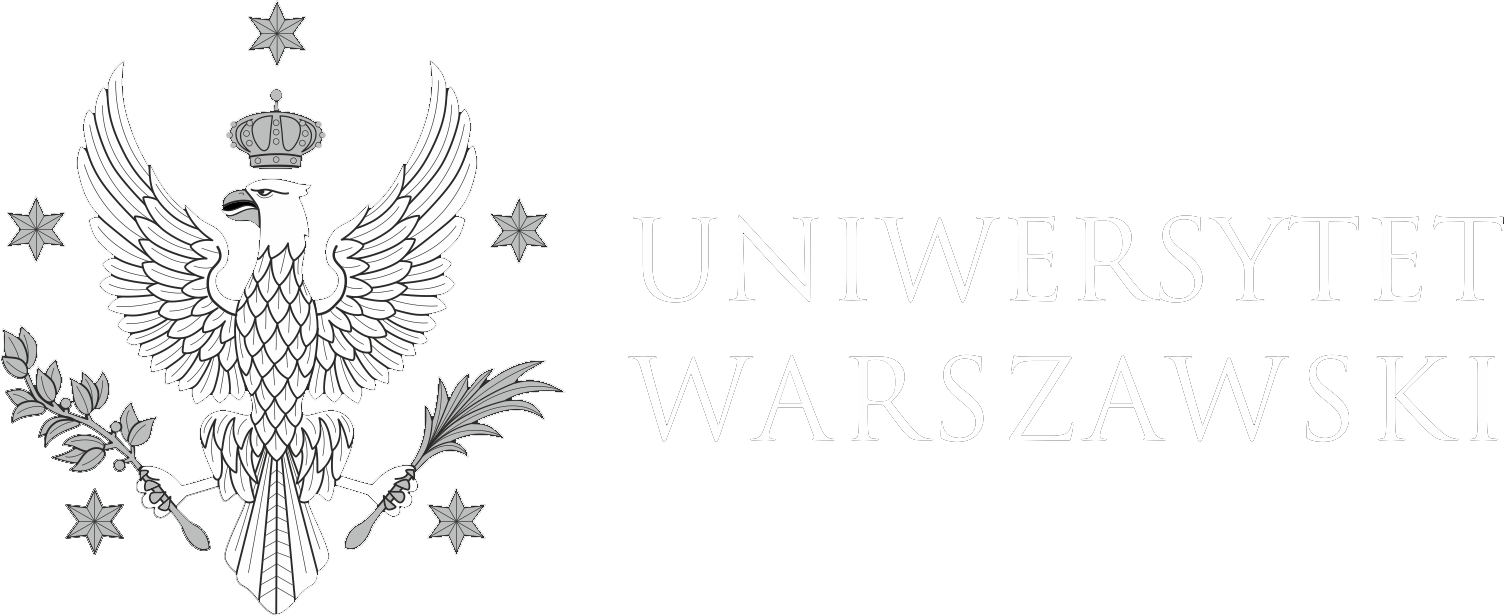Cooperative learning as a tool for teaching Iberian Romance minority languages in an online Spanish classroom
Abstrakt
The article provides a practical guide for Spanish language teachers on how to use Cooperative Learning (CL) to develop plurilingual competence in students by incorporating information about the smaller Romance languages of the Iberian Peninsula into Spanish as a Second or Foreign Language classes. It presents a didactic proposal of five lessons based on authentic texts - translations of The Little Prince into Spanish and four minor Romance languages (Catalan, Galician, Aragonese and Alguerese - the Catalan dialect spoken in the Sardinian city of Alghero). The article contains a methodological description of the unit (linguistic content, setting objectives, creating CL groups, assigning roles to students, using CL techniques, etc.) and a detailed description of the language learning activities.
Słowa kluczowe
Cooperative learning; plurilingual competence; Iberian Romance languages; didactic proposal; online Spanish lessons
Bibliografia
Candelier, M.; Pietro, J.-F. de; Lőrincz, I.; Meißner, F.-J.; Noguerol, A.; Schröder-Sura, A.; Camilleri–Grima; A.; Castellotti, V. (2012). FREPA: A Framework of reference for pluralistic approaches to languages and cultures—Competences and resources. Council of Europe Publishing.
Comoglio, M. (2016). Educare insegnando. Apprendere ad applicare il Cooperative Learning. LAS – Libreria Ateneo Salesiano.
Council of Europe. (2001). Common European Framework of Reference for Languages: Learning, teaching, assessment. Council of Europe Publishing.
Council of Europe. (2020). Common European Framework of Reference for Languages: Learning, Teaching, Assessment. Companion volume. Council of Europe Publishing.
Duran, D.; Flores, M.; Miquel, E. (2019). The Teacher’s Role During Cooperative Learning: Should I Leave the Classroom when Students are Independently Working in Teams? Journal of Classroom Interaction, 54(54.2), 24–40.
Gillies, R. M.; Ashman, A.; Terwel, J. (Eds.). (2008). The teacher’s role in implementing cooperative learning in the classroom: An introduction. Springer Science+Business Media, LLC.
Johnson, D. W.; Johnson, R. T. (1989). Cooperation and competition: Theory and research. Interaction Book Company.
Johnson, D. W.; Johnson, R. T.; Holubec, E. J. (2016). Apprendimento cooperativo in classe: Migliorare il clima emotivo e il rendimento. Edizioni Centro Studi Erickson.
Kagan, S. (2007). L’apprendimento cooperativo: L’approccio strutturale. Edizioni Lavoro.
Kyndt, E.; Raes, E.; Lismont, B.; Timmers, F.; Cascallar, E.; Dochy, F. (2013). A meta-analysis of the effects of face-to-face cooperative learning. Do recent studies falsify or verify earlier findings? Educational Research Review, 10, 133–149.
Macpherson, A. (2019). Cooperative learning group activities for college courses. A guide for instructors. https://uca.edu/core/files/2019/07/Collaborative-guide.pdf [26 Mar 2024]
Stasiak, P. (2022/2023). [Notes for the course “Cooperation in the teaching and learning process”]. Department of Italian Studies, University of Warsaw.
Xigui Yang. (2023). A Historical Review of Collaborative Learning and Cooperative Learning. TechTrends, 67, 718–728.
Uniwersytet Łódzki Polska

Utwór dostępny jest na licencji Creative Commons Uznanie autorstwa 4.0 Międzynarodowe.
PRAWA AUTORSKIE
Rocznik „Zeszyty Łużyckie” jest wydawany na licencji niewyłącznej: Creative Commons - Uznanie autorstwa 3.0 PL (CC-BY)
(https://creativecommons.org/licenses/by/3.0/pl/legalcode). Przesłanie artykułu oznacza zgodę na jego udostępnienie na tej licencji. Licencja zostaje udzielona Wydawnictwom Uniwersytetu Warszawskiego na 5 lat (po upływie tego terminu przekształca się w zgodę udzieloną na czas nieoznaczony) na następujące pola eksploatacji:
• utrwalanie i zwielokrotnianie w dowolnej liczbie egzemplarzy (w tym w tłumaczeniu na inne języki) w znanych w dniu zawarcia niniejszego porozumienia technikach: drukiem w dowolnej formie, techniką cyfrową, techniką reprograficzną, za pomocą zapisu magnetycznego, zapisu na kliszy fotograficznej, oraz wprowadzania egzemplarzy do obrotu;
• wprowadzanie do sieci komputerowej Wydawcy;
• publiczne udostępnianie utworu w taki sposób, aby każdy mógł mieć do niego dostęp w miejscu i w czasie przez siebie wybranym, a w szczególności rozpowszechnianie w sieciach informatycznych, w tym komputerowych (Internet, sieci lokalne), telefonicznych oraz innych znanych w chwili zawarcia niniejszej umowy;
• najem, użyczanie;
• nadawanie za pomocą wizji i/lub fonii przewodowej albo bezprzewodowej przez stacje naziemne bądź satelitarne;
• kopiowanie i powielanie w technologiach fotomechanicznych lub innych znanych w dniu zawarcia porozumienia;
• publiczne odtwarzanie;
• wykorzystywanie do celów reklamowych i promocyjnych, w tym w sieciach informatycznych.





